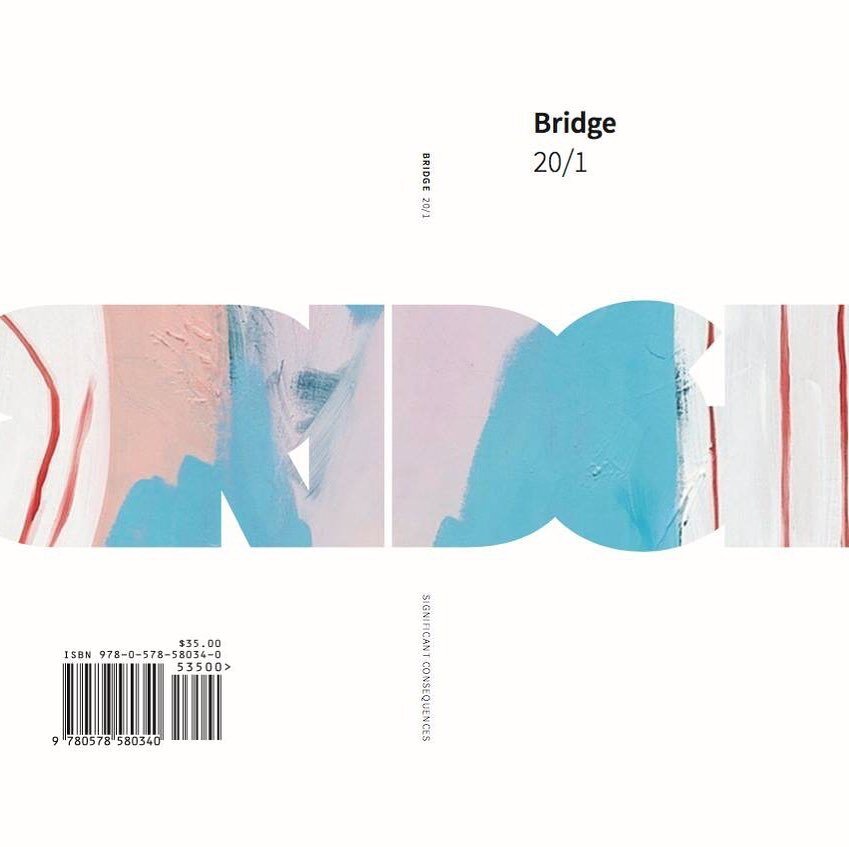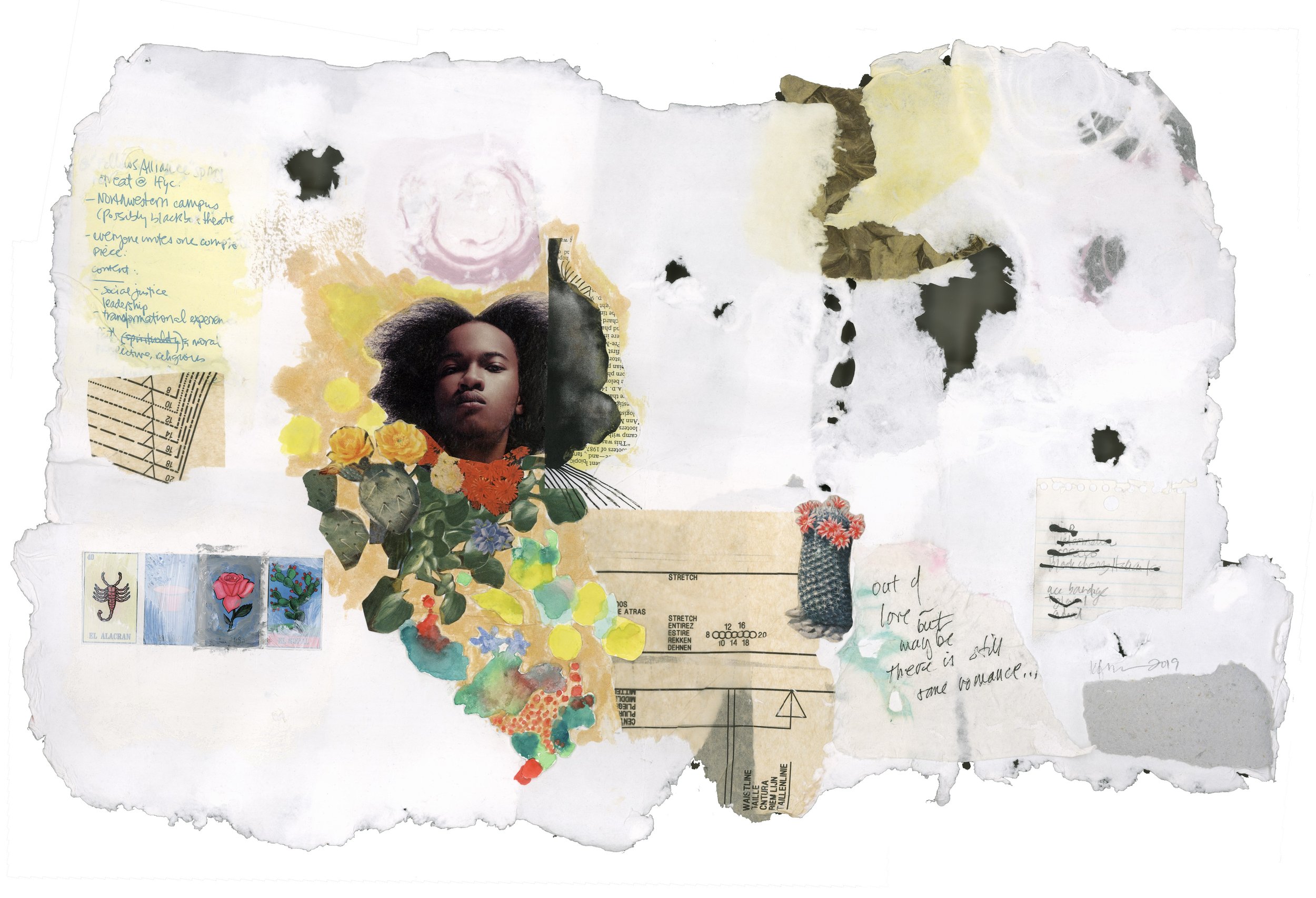REVIEW: “SOLO(S)” by Krista Franklin at the DePaul Art Museum
Out of Love But Maybe There's Still Some Romance, 2019. Ink, watercolor, pencil, pen, and collage on handmade paper. Photo: Latitude.
Krista Franklin
SOLO(S)
Sept. 8 – Feb. 19, 2023
DePaul Art Museum
935 W. Fullerton Ave.
Chicago, IL 60614
By Susannah Papish
Krista Franklin’s first job was at a library shelving books in her hometown, a suburb outside of Dayton, OH. In the present day, like a librarian – or better yet, archivist, she collects materials from Ebony, Vibe and National Geographic magazines, vintage pornography, sci-fi literature and film, soul and funk music album covers and more. Anathema to an archivist, she cuts, dissects, and deconstructs the printed matter and reforms it into imagery that traverses a spectrum of time, place and identity. The sensory experience of the materials plays a role in her use of paper – the texture of an onion-skin paper, her own handmade and the distinct smell of a used book synthesized.
In her solo show at DePaul Museum of Art, Franklin allows the viewer in to experience her vision; the malleability of time and space seen through the eyes of a 21st century, Black female American. These identifiers are fraught with historical trauma. Is Franklin trying to heal the trauma? Expose it? Make peace with it? Probably all of those with shifting timelines. She leans into the notion of nostalgia and how it relates to Black Americans. Looking back just a few generations, many Black Americans' family history is untraceable, so the idea of nostalgia carries an entirely separate line of thought.
Installation view. Image courtesy Dabin Ahn.
In Library of Love, Franklin sets up a stylized sitting room-or parlor in the corner of the main gallery as a space of respite. For an art museum, it is a comfortable replica of a room where one can browse through books, reflect and “visit” as my grandma would say. As expected, every detail matters. The corner is covered with wallpaper in the color family of Haint blue overlaid with gold West African symbols.
“Haint blue isn’t a specific color so much as a collection of colors — what makes the color Haint blue isn’t the color itself, but rather how it is used. Robin’s egg blue on a porch ceiling is Haint blue, but Robin’s egg blue in a bedroom is just that—light blue. According to Gullah folk traditions, blue ceilings and blue doors can keep unwanted specters, phantoms, spooks, and apparitions from strolling in through the front door.”
With the help of artist Stephen Flemister, Franklin created a symbol that combines a symbol from West Africa that represents “looking back” with an Orisha that represents fierce love and power. Franklin’s collages hang salon-style in the space. This piece, in the main space of the exhibition, is a constructed private space within a public space. Private – or domestic space, traditionally the purview for women, becomes a public space, traditionally the male orbit.
In her work, written and visual, Franklin considers the plasticity of time. Her imagery and words create a disorientation that leads to an unsettling kind of seesaw, leaving us with her vision and our own questions about our own metaphysical universe.
Many thanks to Krista Franklin and DPAM curator Ionit Behar for a lovely conversation.
Like what you’re reading? Consider donating a few dollars to our writer’s fund and help us keep publishing every Monday.



